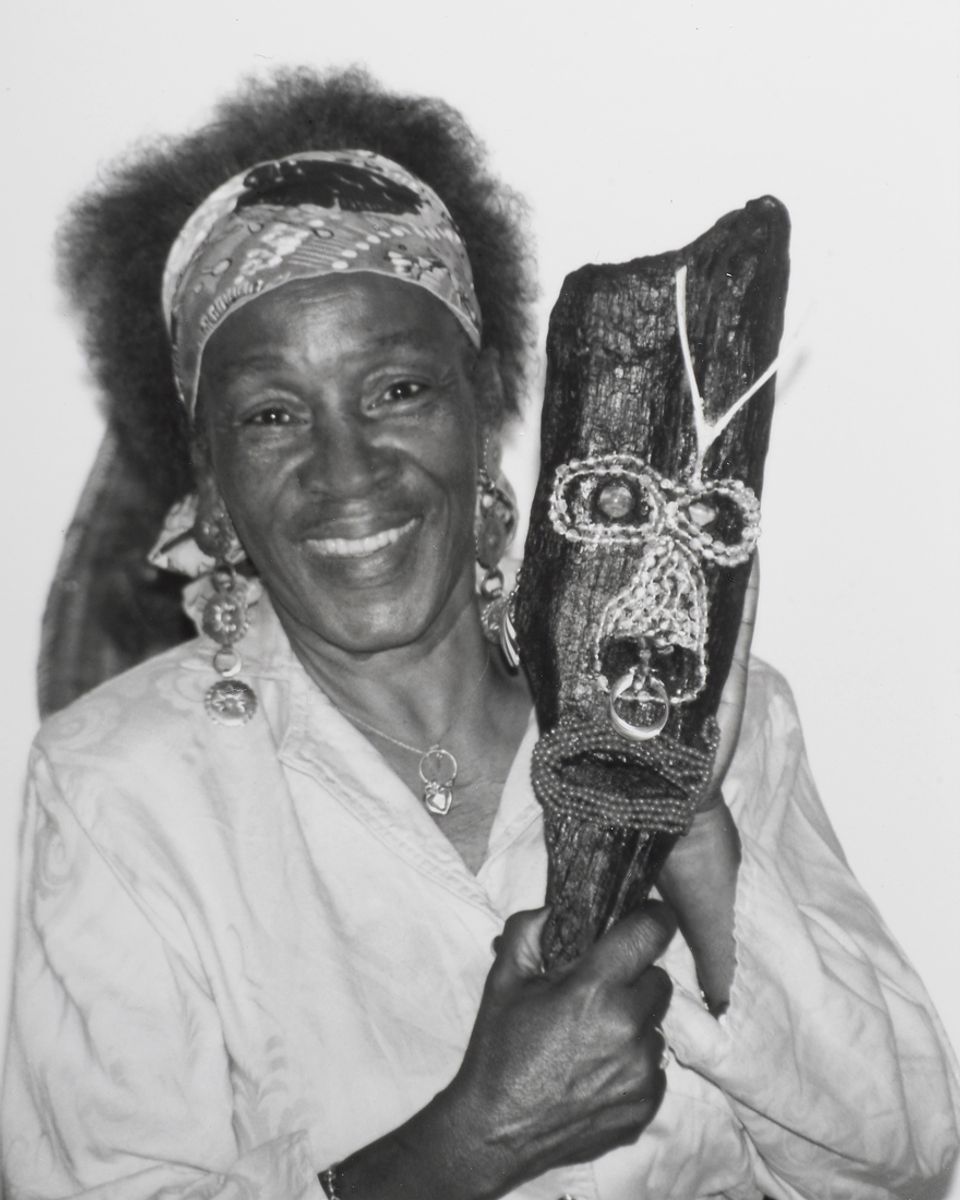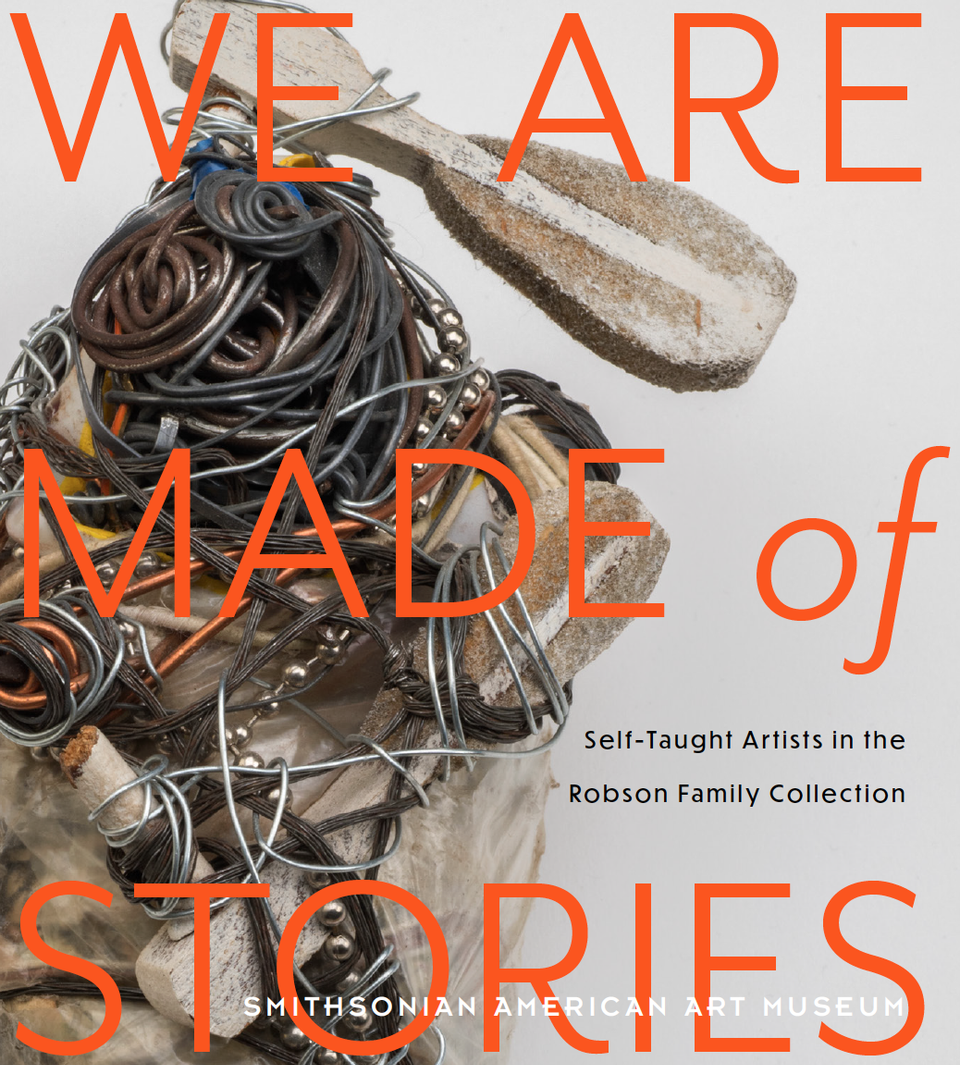Bessie Harvey

- Biography
Bessie Harvey used branches, roots, and found objects in sculptures that embody personal spirituality and speak about life’s challenges. She was born in Georgia as the Great Depression dawned, but lived most of her life in rural Tennessee, where her family knew intense poverty. She explained that her art came out of struggle and became her tool for surviving it. As a girl, Harvey made toys and dolls from twigs. She became attuned to the twisted, humanlike shapes of branches and roots, and believed that it was God who allowed her to see their spiritual essence. Over time, Harvey’s dolls morphed into complex sculptures. By adding paint and found objects to organic forms, she awakened dormant characters from within.
Harvey experienced oppression on multiple frontiers, but abidingly belongs to an artistic sisterhood determined to articulate a powerful, personal vision. In the 1980s and 1990s, her art attracted attention, but it was not all positive. Her sculptures were emotive and unapologetically “peculiar,” as she described them. Harvey maintained that God was the artist, not her. Still, many viewed her work as animalistic and primitive, and positioned her creativity as something threatening, related to dark magic or folk religion. Harvey’s practice signified her creativity, spirituality, and survival skills in equal measure. She believed that perseverance was a Black woman’s test, and her vision never wavered.
(We Are Made of Stories: Self-Taught Artists in the Robson Family Collection, 2022)















